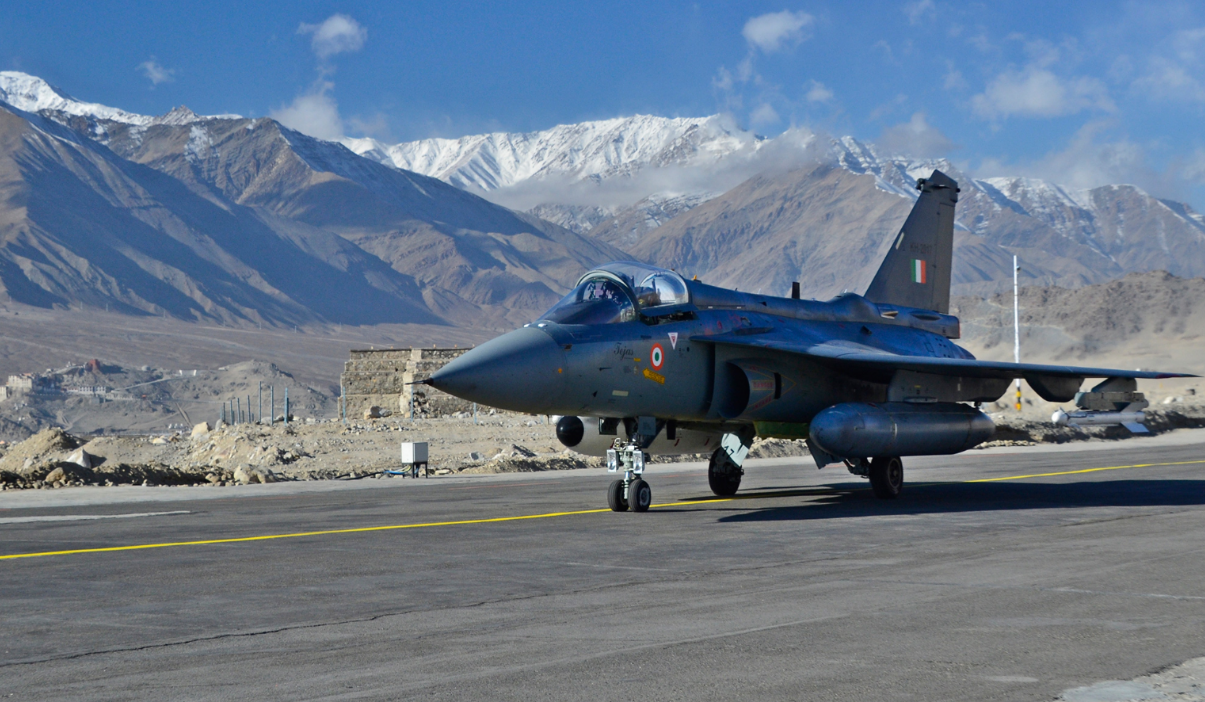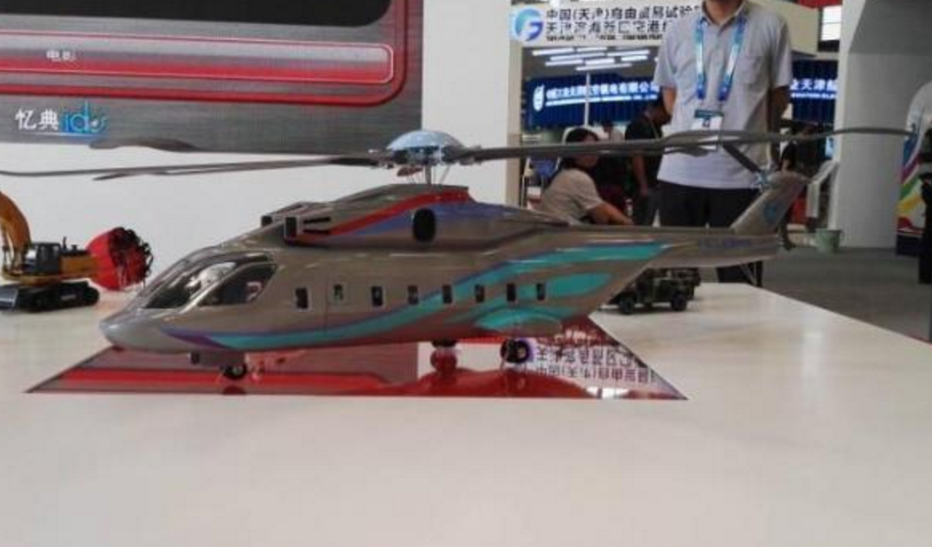3027Views 10Comments

Keep an Eye Out for South Korea’s FA-50 Golden Eagle
01 December 2015
By Bilal Khan
In the world of modern day fighter aircraft, there is a market that is entering a phase of maturation. This is not the market of up and coming so-called “5th generation” fighters such as the F-35 Lightening II or FC-31 Gyrfalcon, which are only just entering service or are in the late stages of their initial development cycle (respectively). Nor is this the market of venerable and mature modern day fighters such as the F-16 and MiG-29. Rather, it is the market composed of new lightweight but relatively very capable and versatile fighters in the form of the JAS-39 Gripen, JF-17 Thunder, Light Combat Aircraft (LCA) or Tejas, and FA-50 Golden Eagle. Although the first three are well-known to a lot of enthusiasts, the FA-50 Golden Eagle is perhaps the most unsung and uncelebrated, especially given the surge of export orders it has garnered and the capabilities it is on-track to acquiring in the coming years.
The FA-50 is the fighter derivative of the T-50. The T-50 was developed by Korea Aerospace Industries (KAI) with the help of Lockheed Martin. The T-50 conducted its maiden flight in 2002, and was envisaged as a ‘lead-in fighter trainer’ (LIFT) platform which could be used for advanced jet and fighter conversion training. The Golden Eagle platform is powered by a General Electric F404 turbofan, which offers 78.7kN of thrust with the afterburner on; the F404 is also used by the LCA Tejas and the JAS-39 A/B and C/D (albeit as a licensed Volvo-built version).
It would be a disservice to label the FA-50 as simply being capable of light attack and air defence roles, for KAI has actually committed to developing the FA-50 into a genuine fighter solution. A good start would be to simply examine the FA-50’s maximum payload, which sits at around 3700kg split across seven weapon stations or hardpoints. It is not very far off from the JF-17 (~3700kg), so it is clear that the Golden Eagle fighter platform is directly comparable (and this is not the only area where it is in close proximity to fighters such as the Thunder and Tejas).
The FA-50 uses the EL/M-2032 radar developed by the Israeli firm ELTA (Flight Global). The EL/M-2032 is a solid multi-mission radar capable of detecting and tracking aerial targets at a maximum range of around 150km (likely 5m2 RCS). That kind of capability basically enables the FA-50 be a proper air defence solution, one capable of effectively using beyond visual range air-to-air missiles (BVRAAM), which is what KAI brought to life by integrating the AIM-120 Advanced Medium Range Air-to-Air Missile (AMRAAM) to the FA-50. It is not out of the realm of possibility to one day see the FA-50 equipped with high-off boresight (HOBS) within visual range air-to-air missiles (WVRAAM): Potentially the AIM-9X? Perhaps the Rafael (another Israeli firm) Python 4? Maybe the Denel-Mectron A-Darter (which is being considered by Pakistan for use on the JF-17 Block-III)?
It is possible that the FA-50 could also be offered with the Rafael Sky Shield electronics warfare (EW) suite. Given the cooperation seen between KAI and ELTA thus far, this is not a surprise (though its release would be conditional on the customer as well, it is unlikely Israel would sell it to just anyone). This would enable the Golden Eagle to engage in electronic jamming against radars. This is a complete solution, one that even includes digital radio frequency memory (DRFM), which basically allows the EW suite to copy a received radio signal and then retransmit it. In EW and electronics counter measures (ECM), this is a very important capability to have, especially when one is against capable EW emitters (which try jamming radars with their own radio signal emissions.
But in the end, the above still may not be enough to convince skeptics. “How could a platform designed as a trainer be a fully operable fighter?” The physical specifications aside (which are comparable with the JF-17 and LCA), it is possible – if not very likely – that KAI and Lockheed Martin designed the Golden Eagle to be a relatively affordable multirole fighter platform for countries unable or unwilling to acquire medium-weight platforms such as the F-16. With that in mind, they equipped with FA-50 with the subsystems necessary to stand, toe-to-toe, with its competitors (e.g. JF-17).
The ELTA EL/M-2032 radar and AMRAAM given the FA-50 solid air-to-air capabilities (it includes data-linking as well, which would be useful for air forces in possession of network-centric capabilities), but what about air-to-surface? Well, the FA-50 can carry Joint Direct Attack Munition (JDAM)-kit equipped Mk-8x series bombs. So one can obviously conclude that the jet is capable of deploying satellite-aided precision guided bombs (PGB). The FA-50 is evidently even marketed with the Sniper Advanced Targeting Pod, clearly indicating that it is capable of carrying laser-guided bombs (LGB) as well. Besides PGB and LGB, the FA-50 can even be equipped with the AGM-65 Maverick air-to-surface missile as well as a guided sub-munitions dispenser (i.e. CBU-97).
Granted, there is one area where the FA-50 has yet to be equipped for, and that is stand-off range air-to-surface missions, such as anti-ship warfare (AShW). Fret not, South Korea is working on that as well. There has been recent talk to develop a lighter and smaller version of the MBDA-Saab KEPD 350 air-launched cruise missile (ALCM) for use on the FA-50. In fact, it is possible that this new KEPD-variant could even double as an anti-ship missile (AShM), thus serving as a single source stand-off strike solution. It is not uncommon, especially in recent years, to see ALCMs double as AShMs.
Taken together, the FA-50 is quite the compelling solution, especially for (or perhaps limited to) countries with stable and comprehensive relations with the Western world (given how deeply-linked the FA-50 is to various Western vendors). Of course, not every FA-50 buyer would exercise or be able to access every extensible aspect of the fighter, though a handful might. Thus far the FA-50 has won export orders from Iraq and the Philippines (Indonesia and Thailand selected the T-50 LIFT system).
Nonetheless, the Republic of Korea Air Force (ROKAF) is on the right track with this platform, and it has turned out to be a solid successor for its F-5A/B Tiger II. It will be worthwhile seeing how KAI plays around with the airframe design, especially as the question of integrating an active electronically scanned array (AESA) radar enters the discussion. Could we perhaps one day see an enlarged and more powerful FA-50 variant? Maybe.



10 Comments
by jigsaww
Right, though I guess the problems with TA-50 will eventually mirror that of F-16 for many countries. A lot of politics, risk of sanctions, or simply USA’s denial to allow KAI to export it.
by saqrkh
The issue is that those countries with good relations with the West aren’t going to be inclined to JF-17 if the FA-50 or F-50 (single seat version) are available. This could make entering markets such as the Balkans (increasingly NATO) and Egypt tough. Even Iraq picked up the FA-50, wouldn’t be surprised of they pick up F-50s to build numbers.
by jigsaww
Yep. Export for JF-17 will never be easy. Unless and until pakistan has political influence over a country, sales will not be easy – and apparently pakistan has none or very less. Its true for all new entrants, namely Japan, India, South Korea, Brazil, and even China. But countries where PAC has identified possible sales, e.g. nigeria, myanmar, srilanka, azerbaijan, etc, there seems to be also very less odds for FA-50 for many obvious reasons. JF-17 will at the end of the day sell for its low price, maintenance, and high capability.
I do not think Egypt or any middle eastern country will buy JF-17, mainly for political reasons and US influence. Block 3 might try to change that in egypt and saudia, but that will just be a hit and try.
It’s best to focus JF-17 for Pakistan and countries that are already said to be interested. The jet has all the potential to see multiple deals, just by its mere presence in an air force like PAF.
All the while, FA-50 still won’t truly replace JF-17 as a fighter. And block 3 will surely guarantee that JF-17 is the sole fighter jet in its class available in market.
by saqrkh
Honestly, if it works for PAF, it is fine. I am not a fan of having to orient the JF-17 towards commercial gains, especially when time and resources need to focused towards meeting the PAF’s requirements. I remember the talk about having a ‘Westernized’ JF-17 for prospective Gulf buyers; but with F-50/FA-50 in existence, forget it! It’s time to double down on a PAF-centric solution.
by jigsaww
I think the focus on JF-17 sales could be that PAF is also trying to utilize JF-17 commercially to “offset” some of its expenditures to redirect that money towards buying some heavier guys. Its pretty much obvious JF-17 does not fill the high-end gap of PAF requirements and by 2020 PAF will need heavier jets.
by saqrkh
That’s likely the explanation, but arms sales are generally done through the ambit of political influence and a desire to have one’s feet in other lands. Pakistan has neither the intention or the immediate means to engage in such activity, therefore, purely commercial transactions (of massive value) will be tough to come by.
by jigsaww
Isn’t one commercial deal already signed, AFAIK? Myanmar i suppose it was and announced by both CATIC and PAC. I DO think that JF-17 will be able to garner pure commercial sales as well but probably to politically insignificant countries on geopolitical plane. Nigeria, Sri Lanka, and Bangladesh might be likely operators in future. Though it will be tough i agree. India also will not want JF-17 to see sales and will use its leverage.
I am not sure how FA/50 will change in future but if it remains a lift trainer/fighter then this is pretty much the freeze for its life line, comparable to JF-17 block 1 and 2 to some extents, but never likely to compete against JF-17 block 3. If PAF plays its cards wisely, it can position JF-17 block 3 as the only fighter in its class to be offered at 40-45 million USD a pop. There is serious need to include high composites, extended payload around 20,000 KG, 9 to 10 hard points, a wide ranging SELEX type AESA, IRST, and more goodies. I do not think FA/50 will ever be positioned to market with that kind of capability because first off of its inherent role as trainer/fighter and secondly because of US unwillingness already to south korea on releasing key tech. KAI will have to transform FA50 just too much to come on par with block 3.
I think the analysis is correct that FA/50 is a decent competition to JF-17 block 1 and 2, in its current spec, but for JF-17 this is the start, whereas FA/50 will be stagnant hereon.
by blabla bla
@All
Some analysis on specs and review on MIG 35 ?
by MT
Korea needs american tech for the development which is not going to come easy
They are getting 2 bill$ from Indonesia
by jigsaww
right. true.